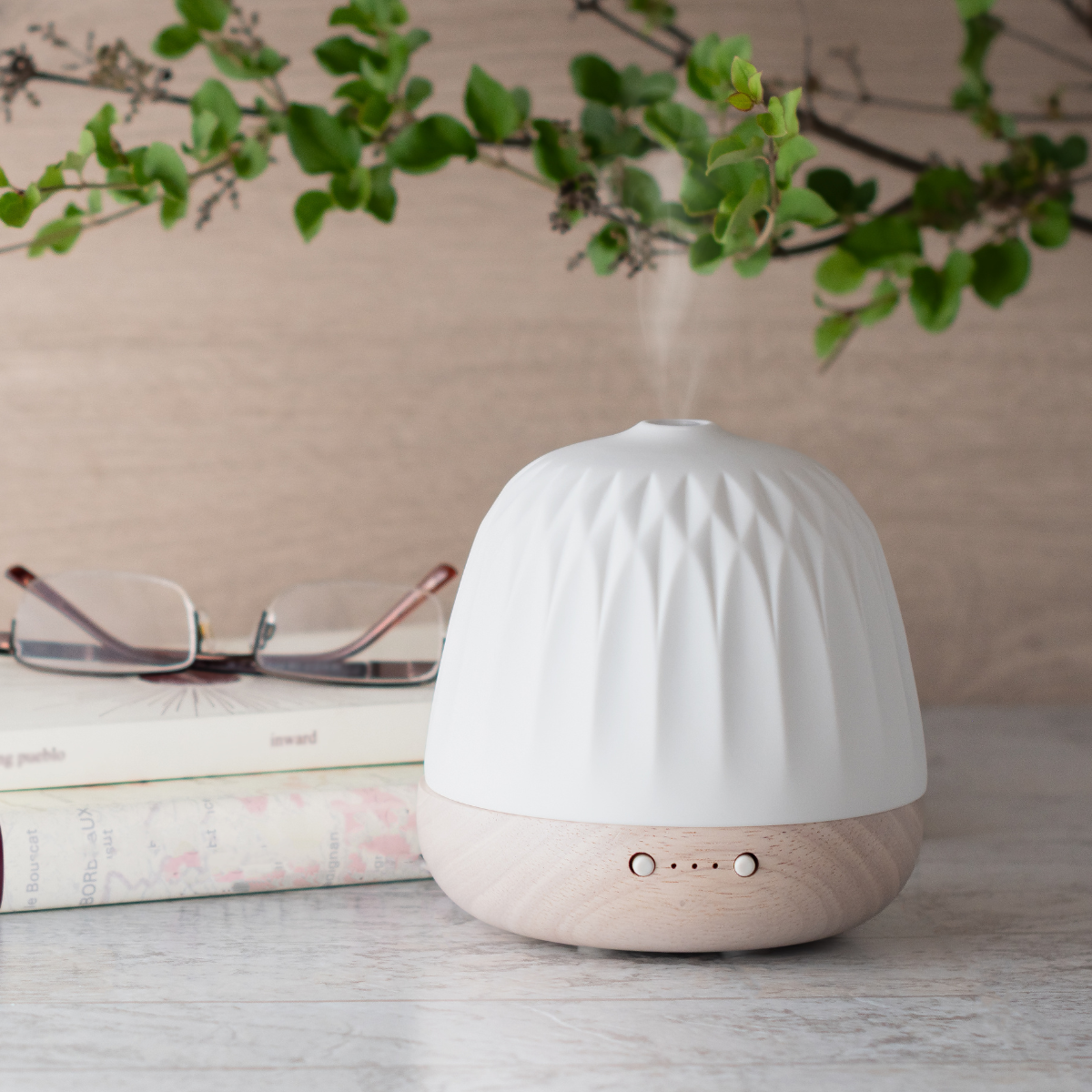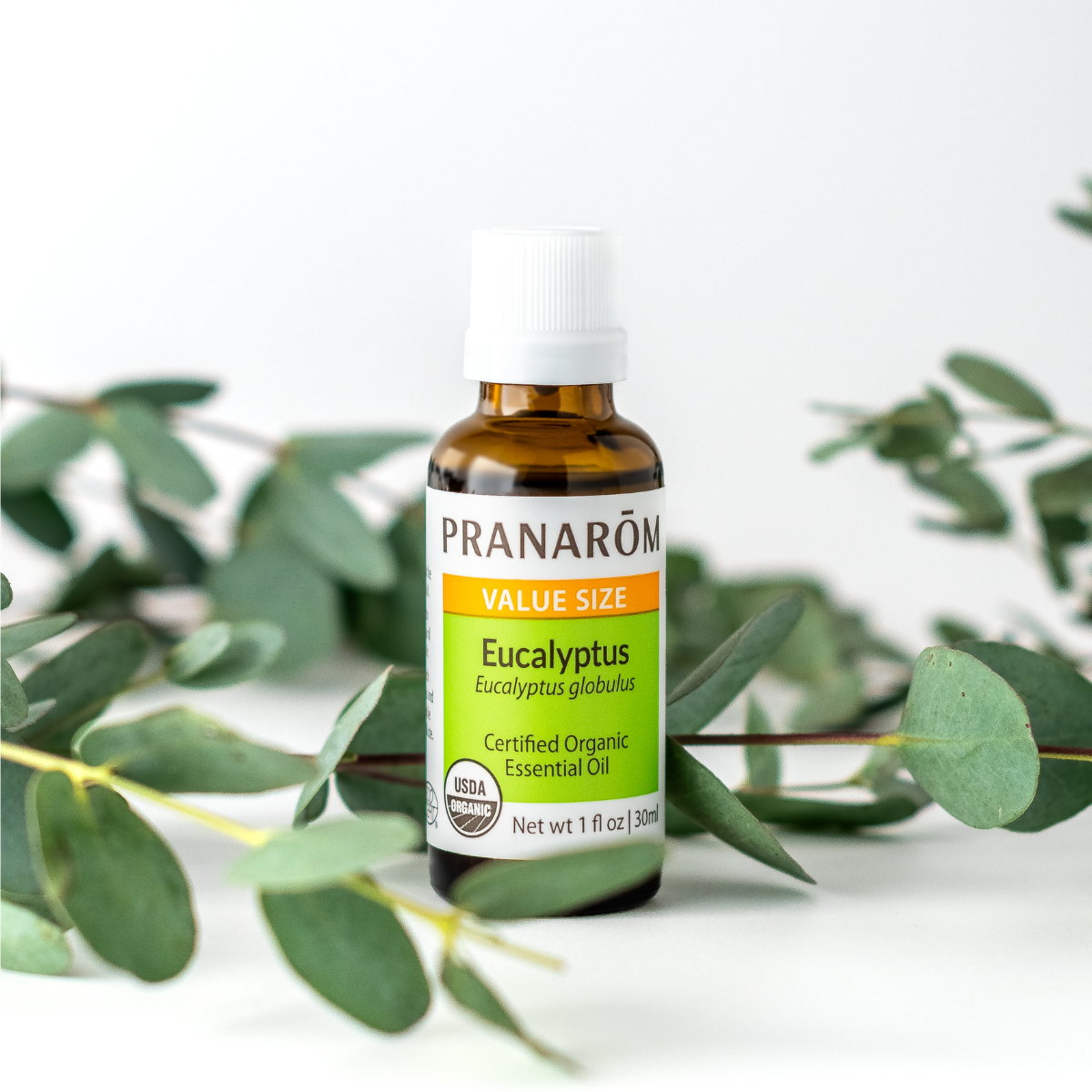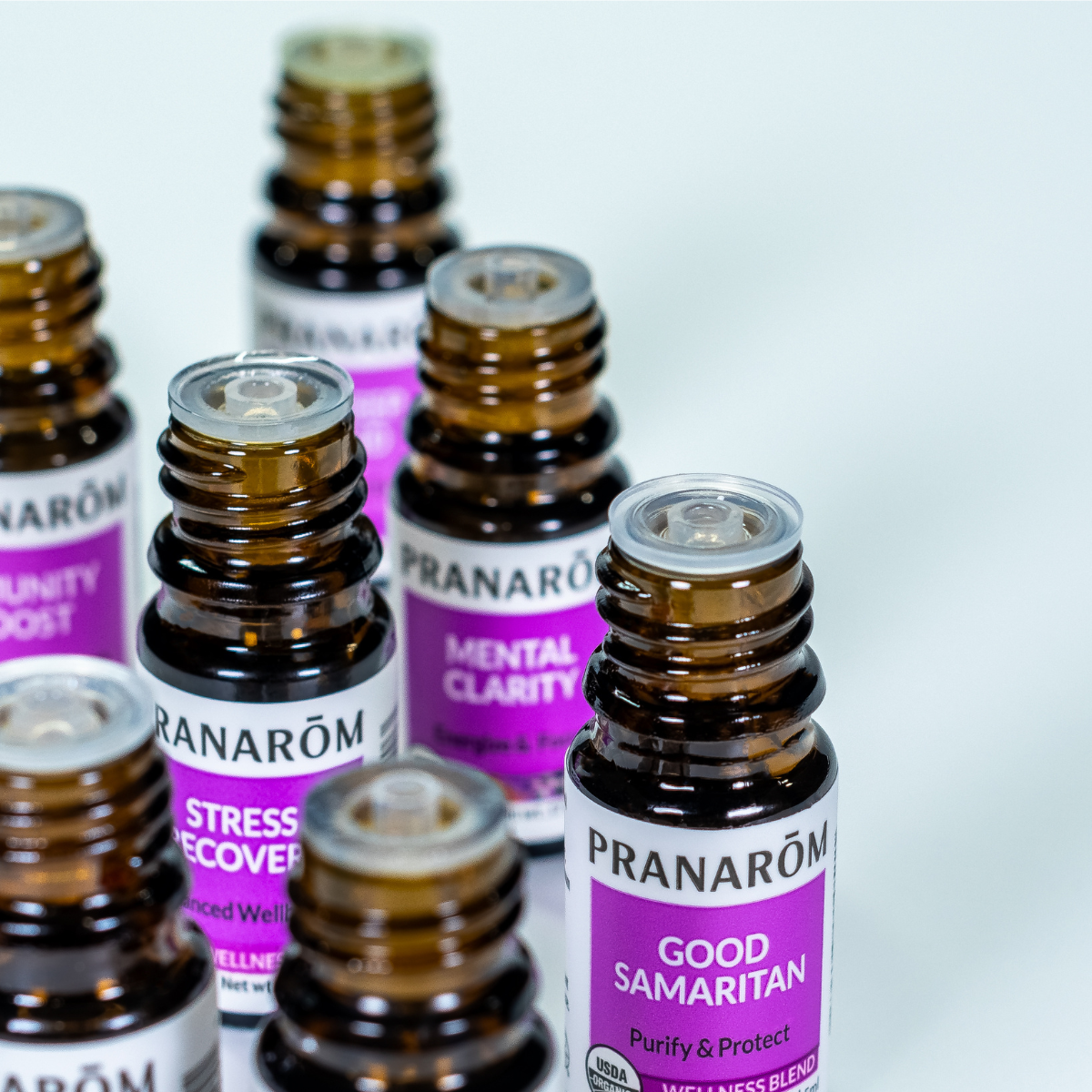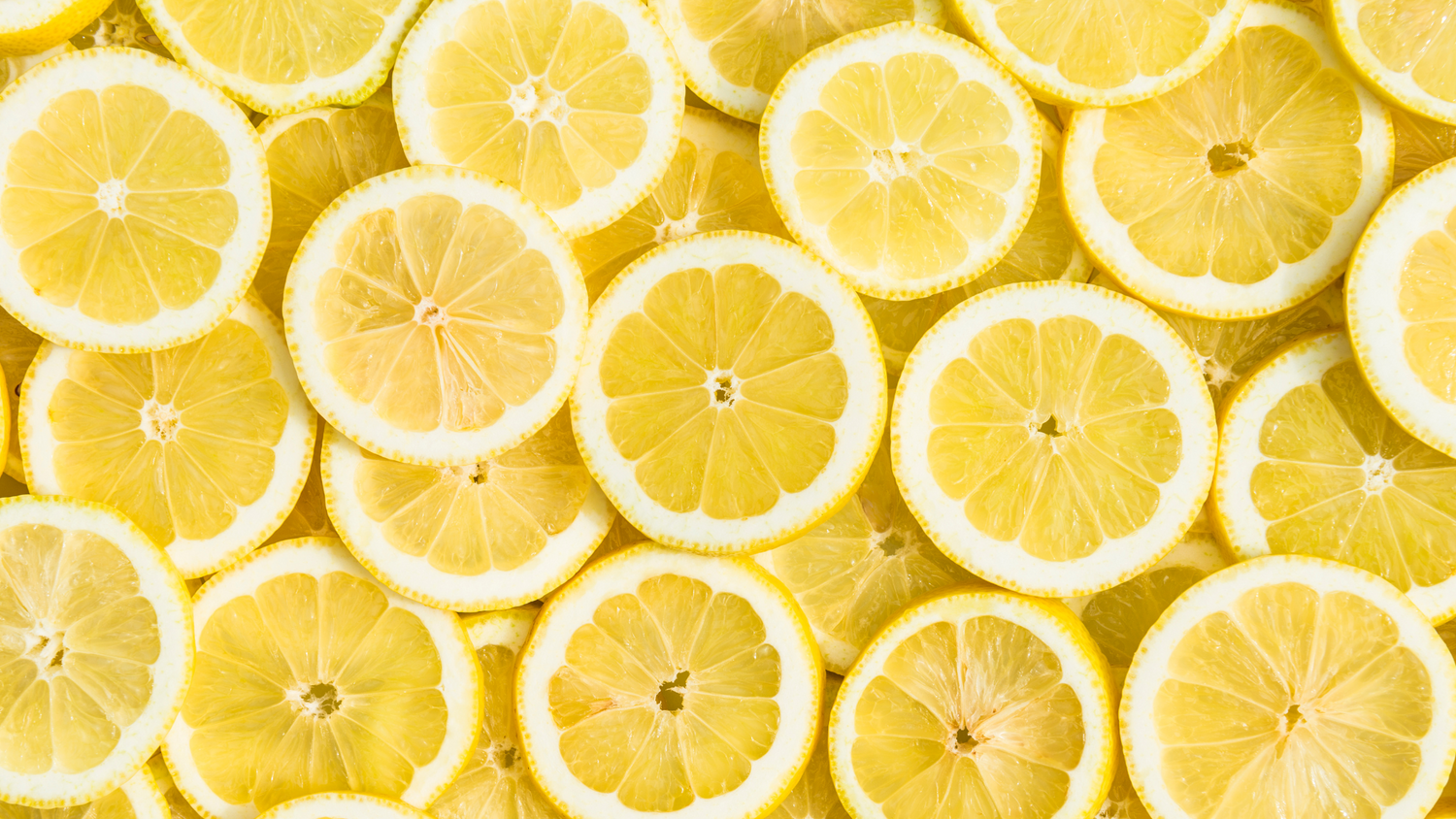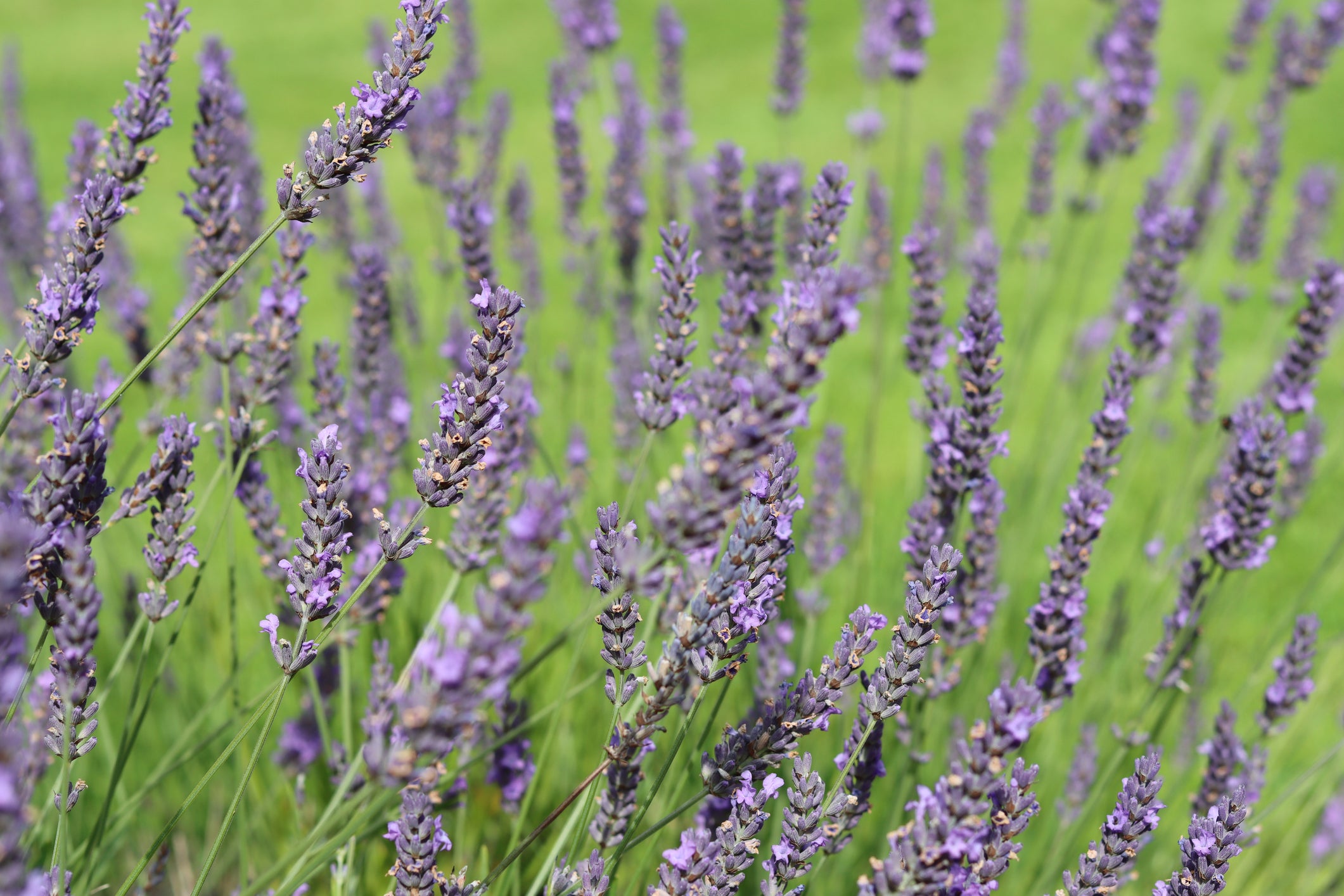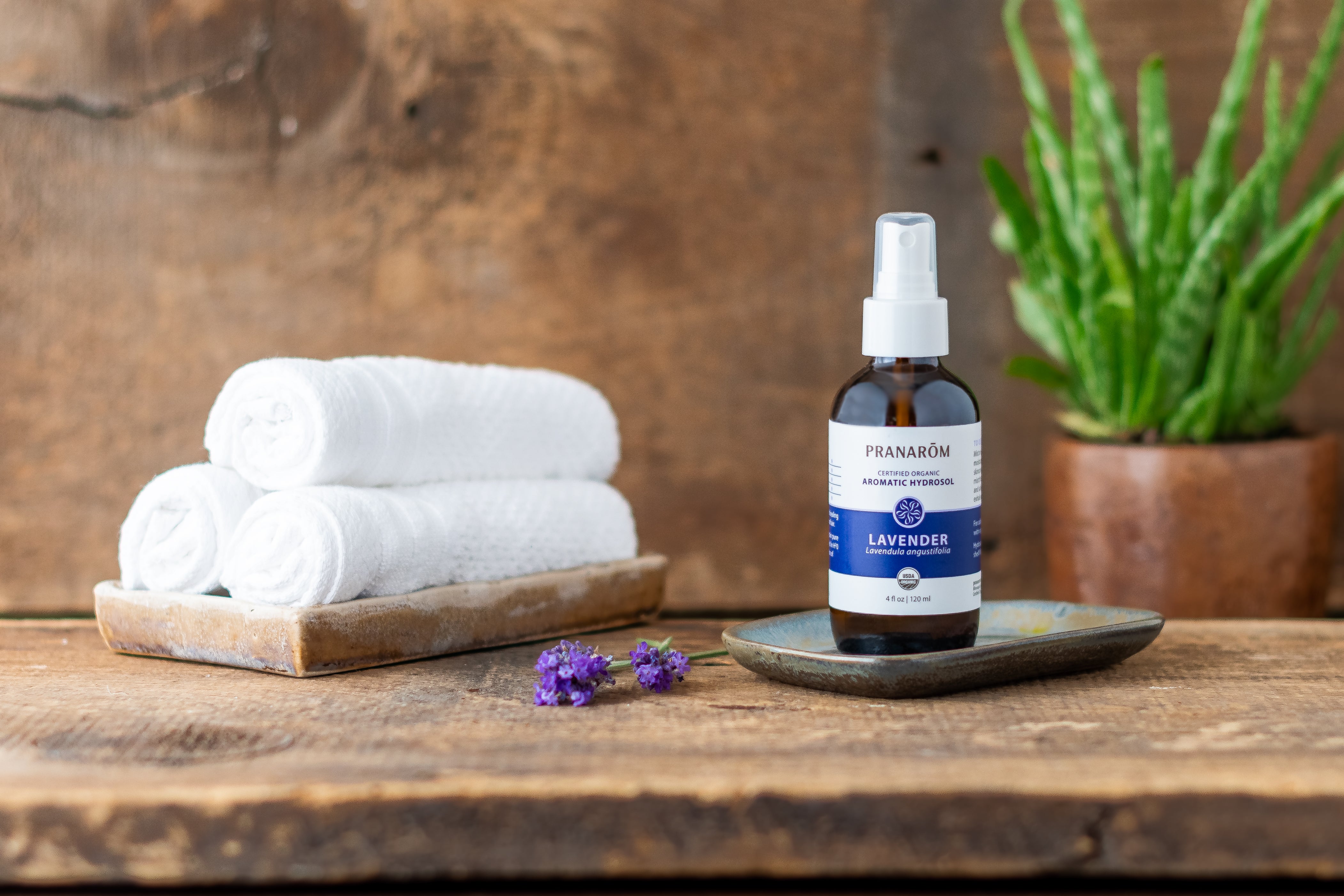Lemons belong to the citrus family. Native to Asia, around 2,000 years ago they were first brought to Italy, then the Roman Empire. As colonization spread, they, too, spread to every continent. As with all species in the Citrus family, the lemon tree provides several types of aromatic extracts, depending on the part of the tree or fruit that is harvested and then distilled or expressed.
Once distilled, lemon blossoms produce an essential oil rich in alcohols, distilled leaves produce a petitgrain lemon essential oil rich in terpene esters and alcohols, and cold-pressed lemon peel produces an essence composed mainly of terpenes.
Citrus plants are shrubs and small trees that usually bear thorns and glossy green leaves—darker on the upper side. They thrive in sun and warmth and loathe frost. Well-drained soil and good, controlled irrigation both contribute to ideal conditions for cultivation in regions with Mediterranean climates. Lemon peel essence regularly contains over 90% limonene (terpene).
Therapeutic properties of lemon essence
Did you know that lemon oil is a real skin paradox? In fact, skin that has received an application of this essence is likely to show hyperpigmentation in the case of sun exposure, BUT the opposite occurs in the absence of UV rays. Scientific publications demonstrate the depigmenting action of lemon oil, which fights pigmentation spots.
A mystery? No, molecular biochemistry is the key to understanding this intriguing activity. Within the liquid tissue of our blood, lemon oil works in a way that is comparable to vitamin P. It promotes the tone of vascular walls while reducing their permeability. Lemon essence is rightly included in cutaneous applications to counter venous and lymphatic stasis, varicose veins, edemas, and retentions.
Like all citrus essences, lemon has purifying properties. Atmospheric diffusion with lemon, a synergy with other purifying essential oils, or a cleansing gel containing lemon essence ensures effective, easy-to-implement barrier gestures—especially since the fragrance of lemon is universally appreciated and associated with cleanliness.
However, the main use of lemon oil is for the digestive tract. It can be used for occasional nausea, to promote digestion, stimulate the liver, and soothe bloating. Its wide range of uses makes it one of the top 10 essential oils in any family aromatherapy kit!
Precautions for use
Lemon zest essence is a food ingredient that has been extensively studied from a toxicological point of view. Its main advantage is that it is harmless, except for the risk of photosensitization.
Babies, children, and pregnant women alike can benefit from lemon zest essence. The only limitation to its use is that it must not be applied to the skin before prolonged exposure to the sun. In fact, furocoumarins are photosensitizing, and exposure to the sun for more than 30 minutes on skin that has been treated with lemon essence can quickly lead to redness or even hyperpigmentation.
Avoid exposure to the sun for 6 hours after cutaneous application of lemon zest essence. Oral intake of lemon oil in therapeutic doses is not high enough to cause excessive photosensitization.
Another question regularly asked about lemon oil is its anticoagulant benefit, caused by the same furocoumarin molecules. We can reassure you that lemon oil might only be a concern with anticoagulant medication if it is taken orally in very high doses (20 or more drops per day).
DIY air purification blend
· Lemon essence: 3 ml
· Sweet orange essence: 3 ml
· Palmarosa essential oil: 2 ml
· Scotch pine essential oil: 2 ml
6 to 8 drops with water in an ultrasonic diffuser 2 to 3 times a day.
Article written by Dominique Baudoux, founder of Pranarôm scientific aromatherapy.

